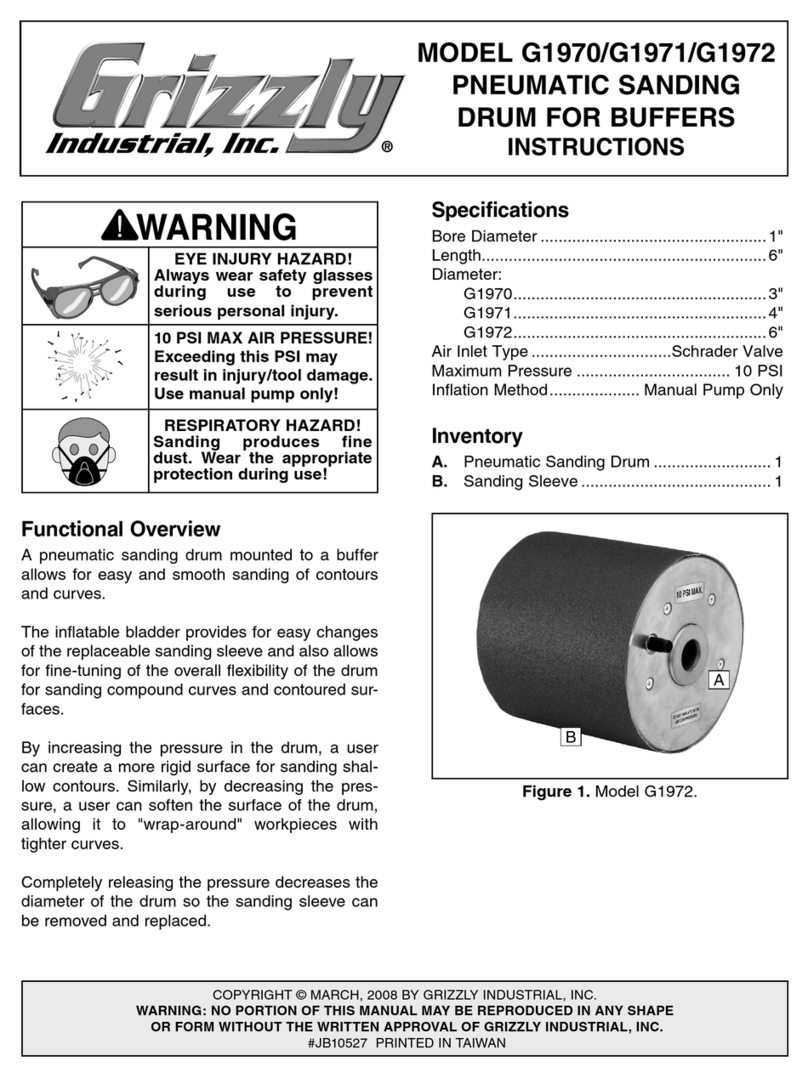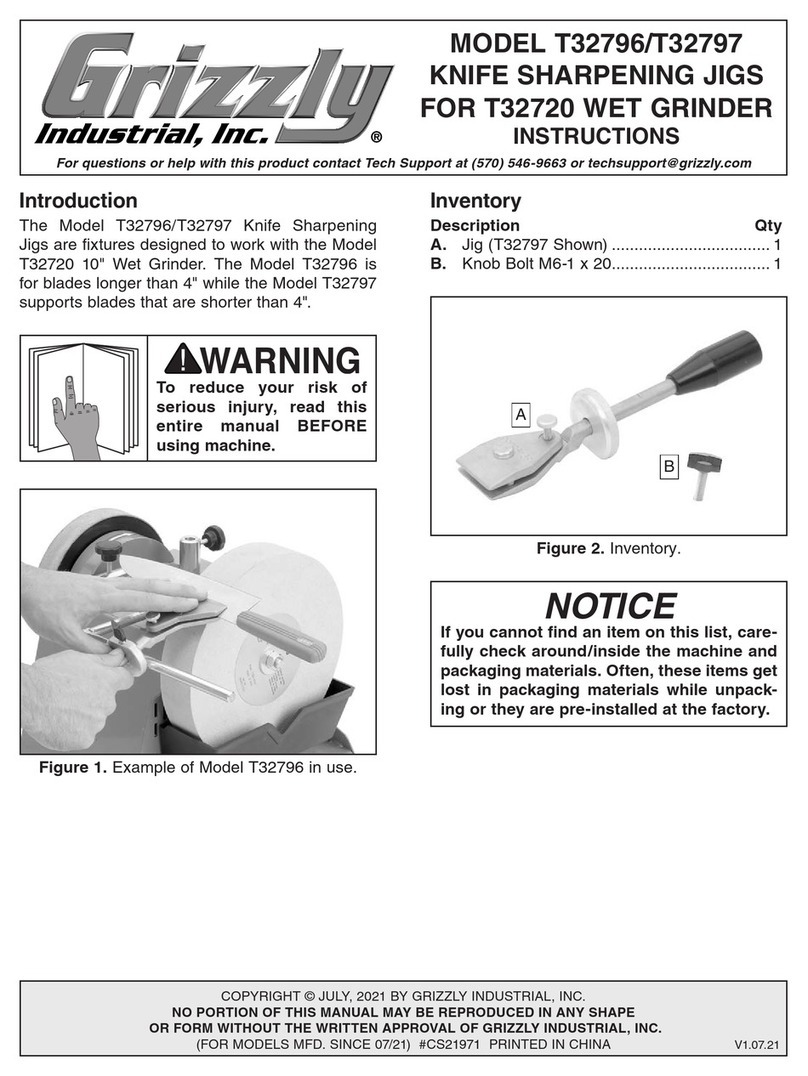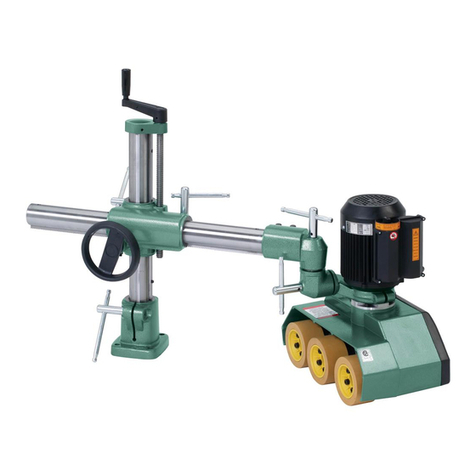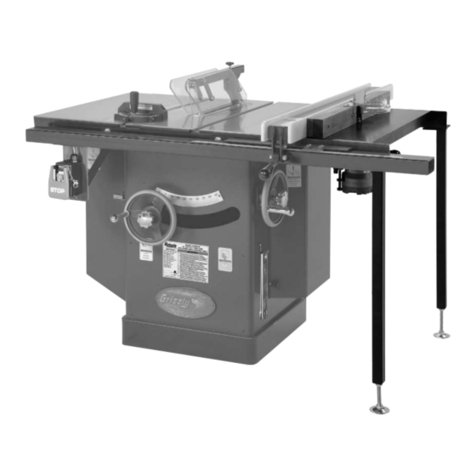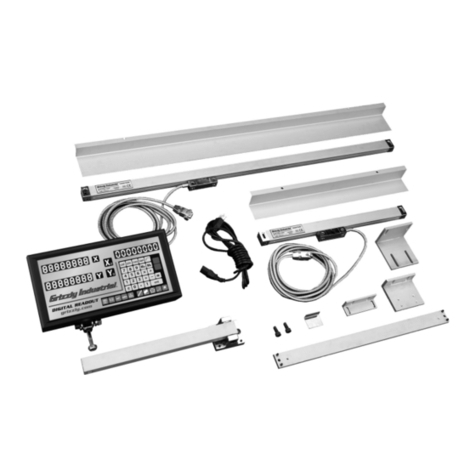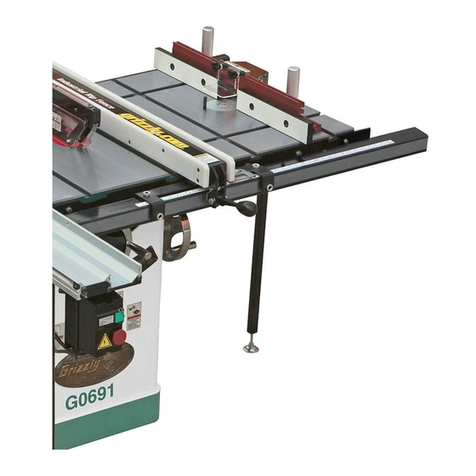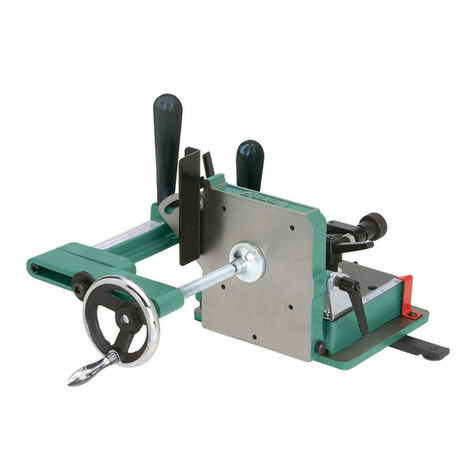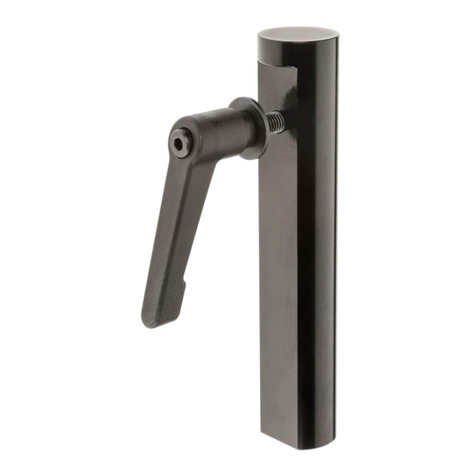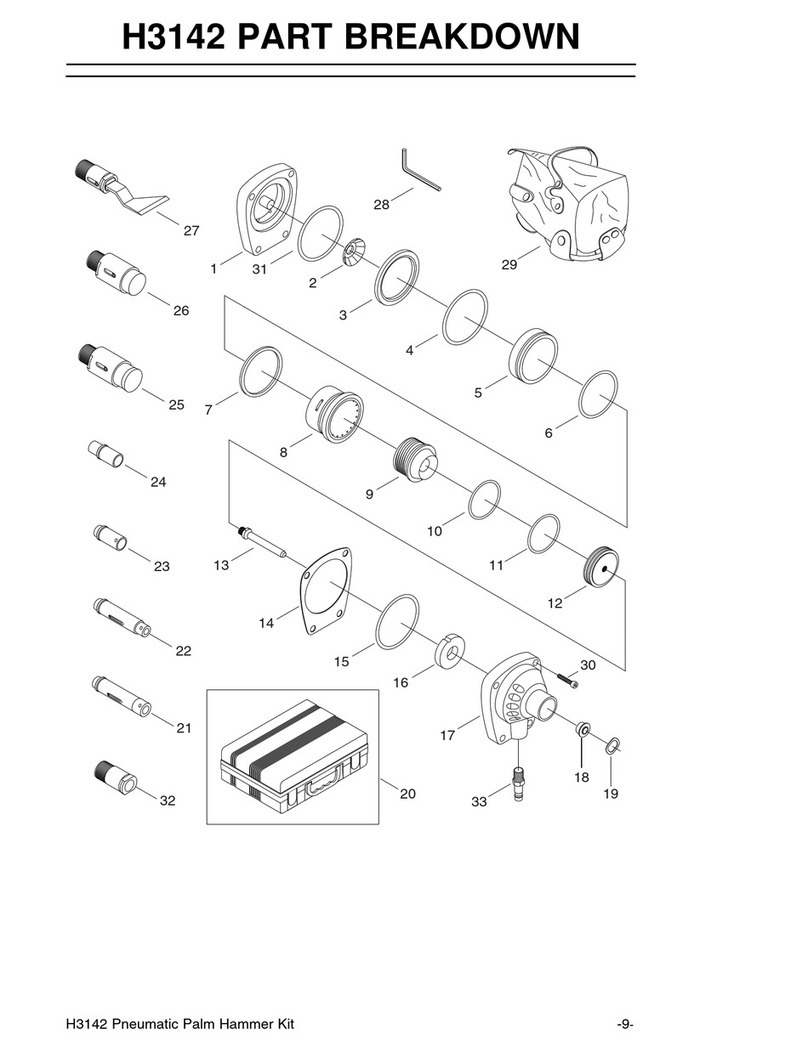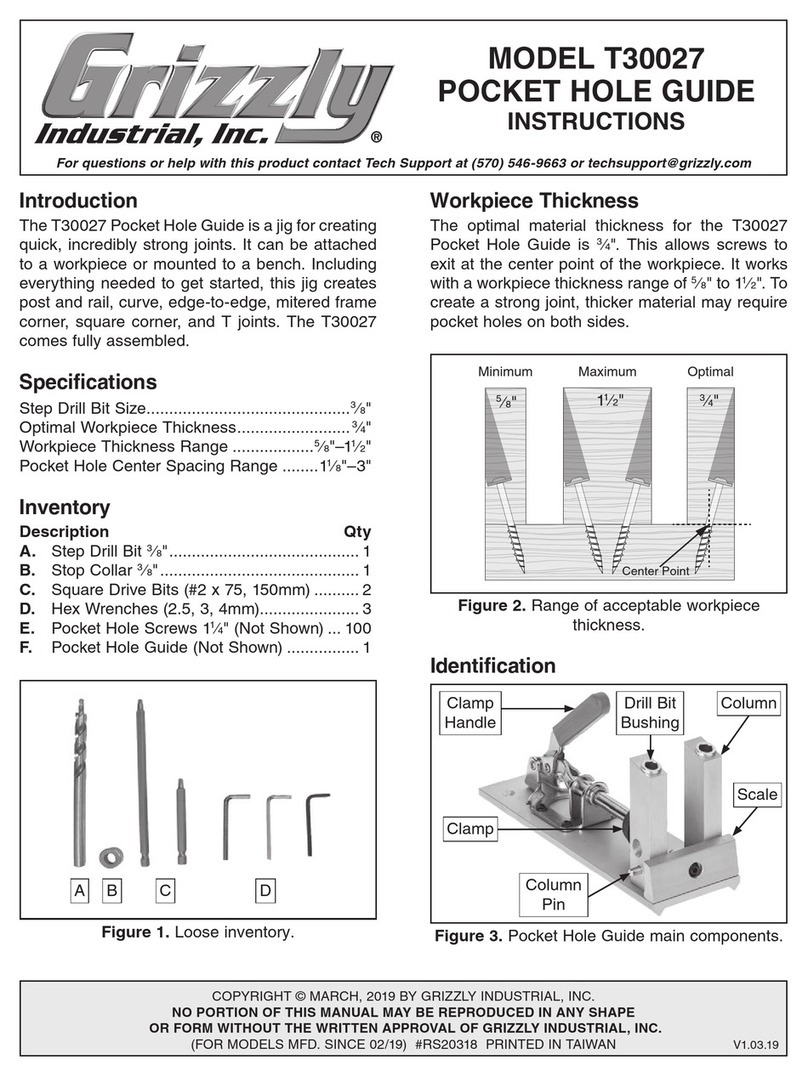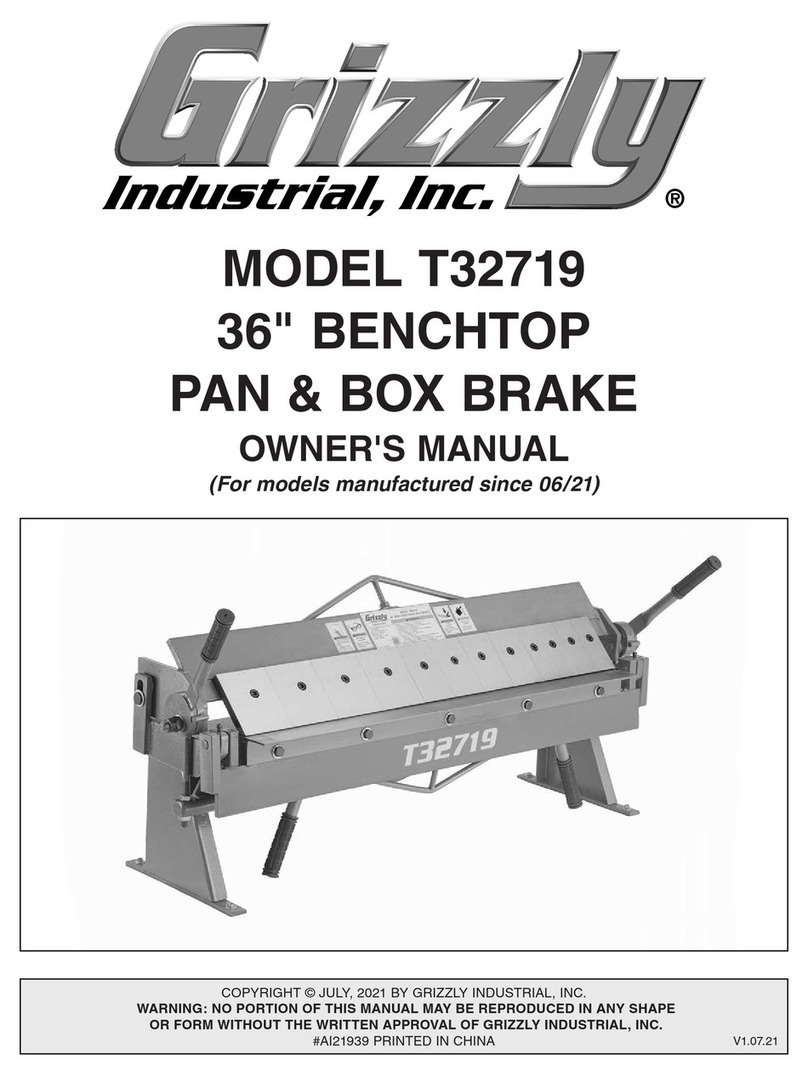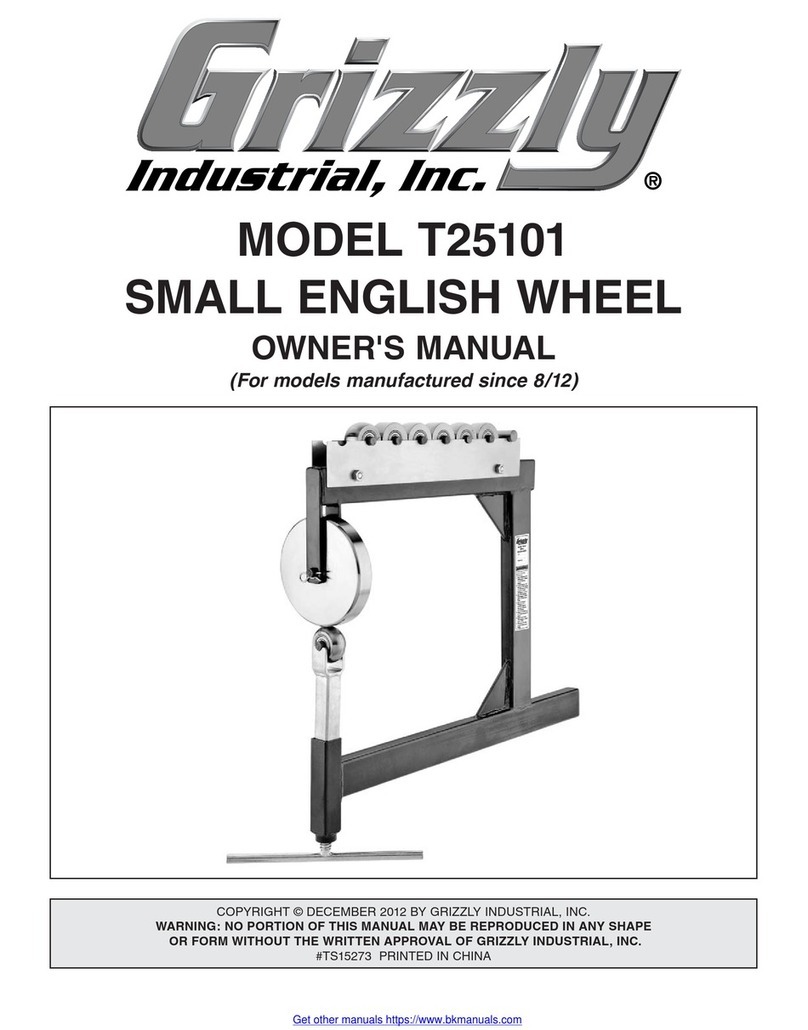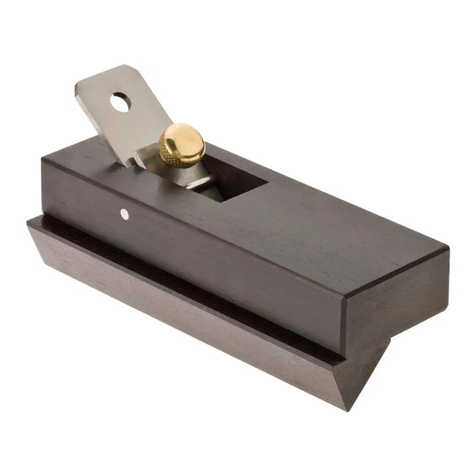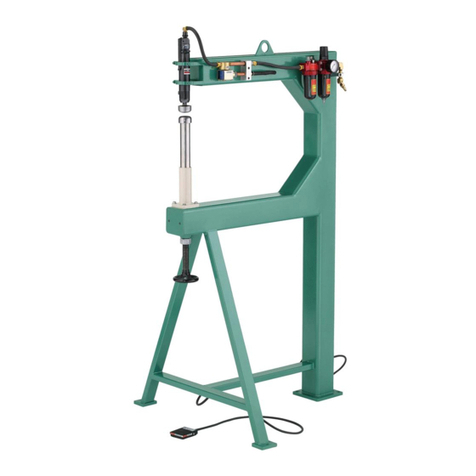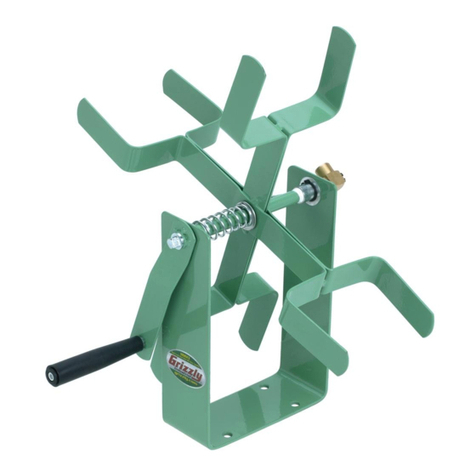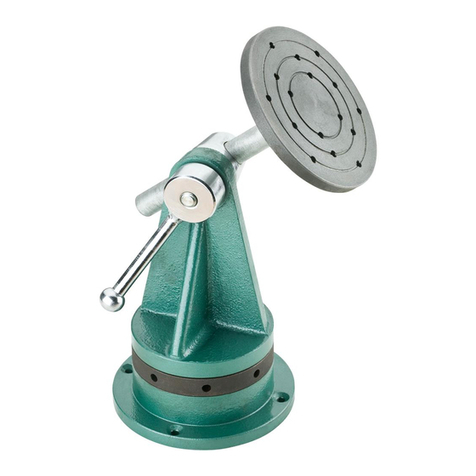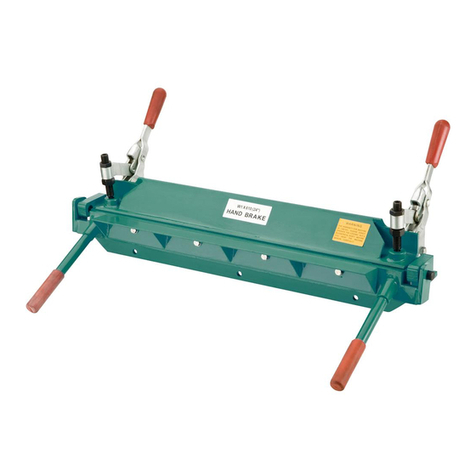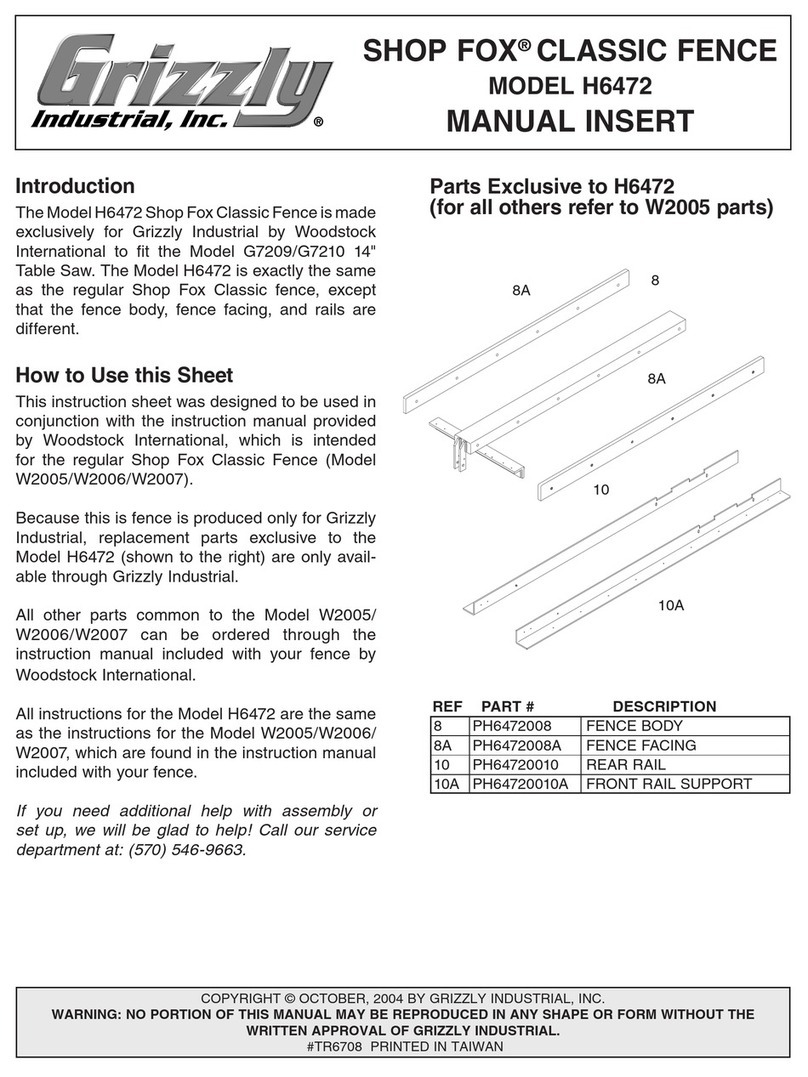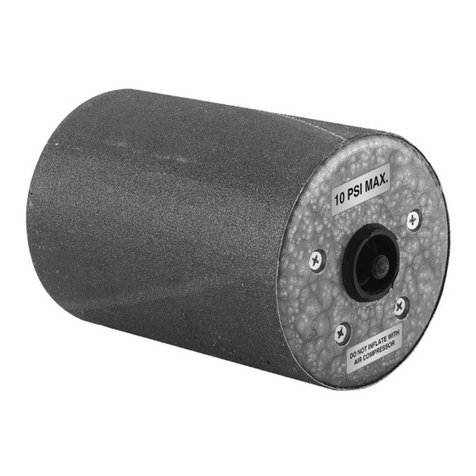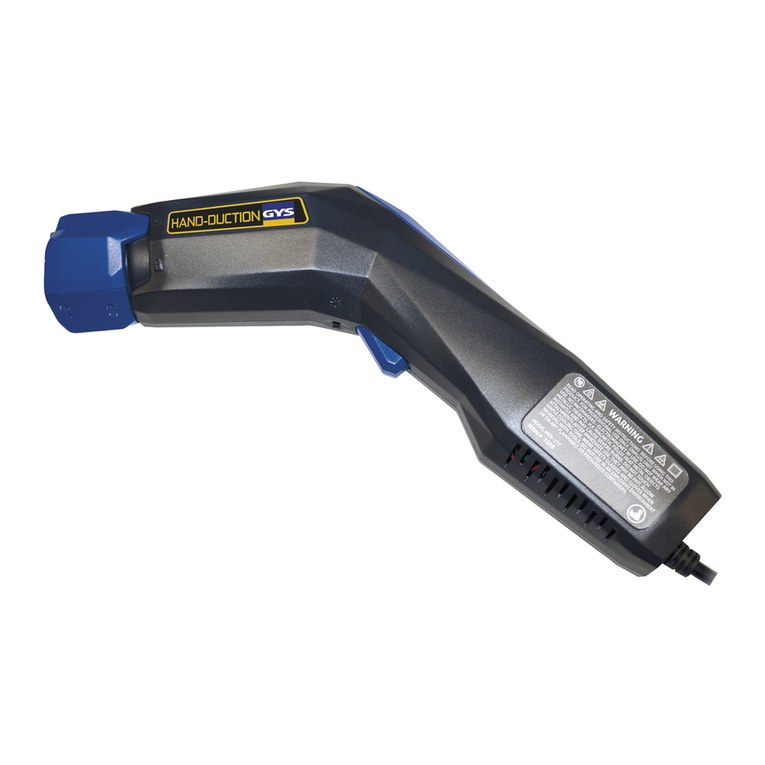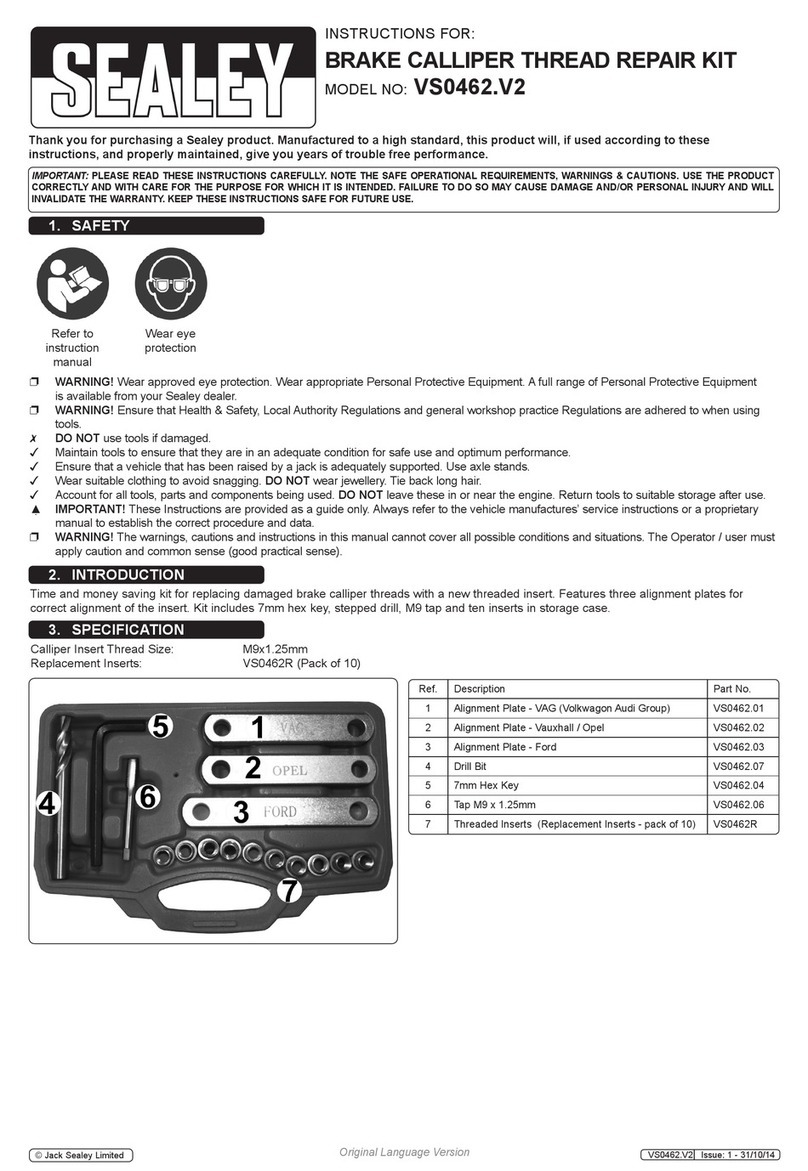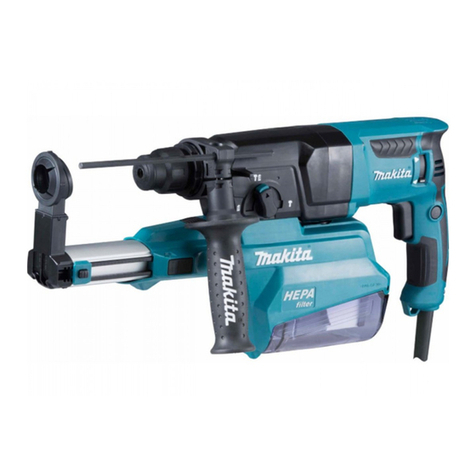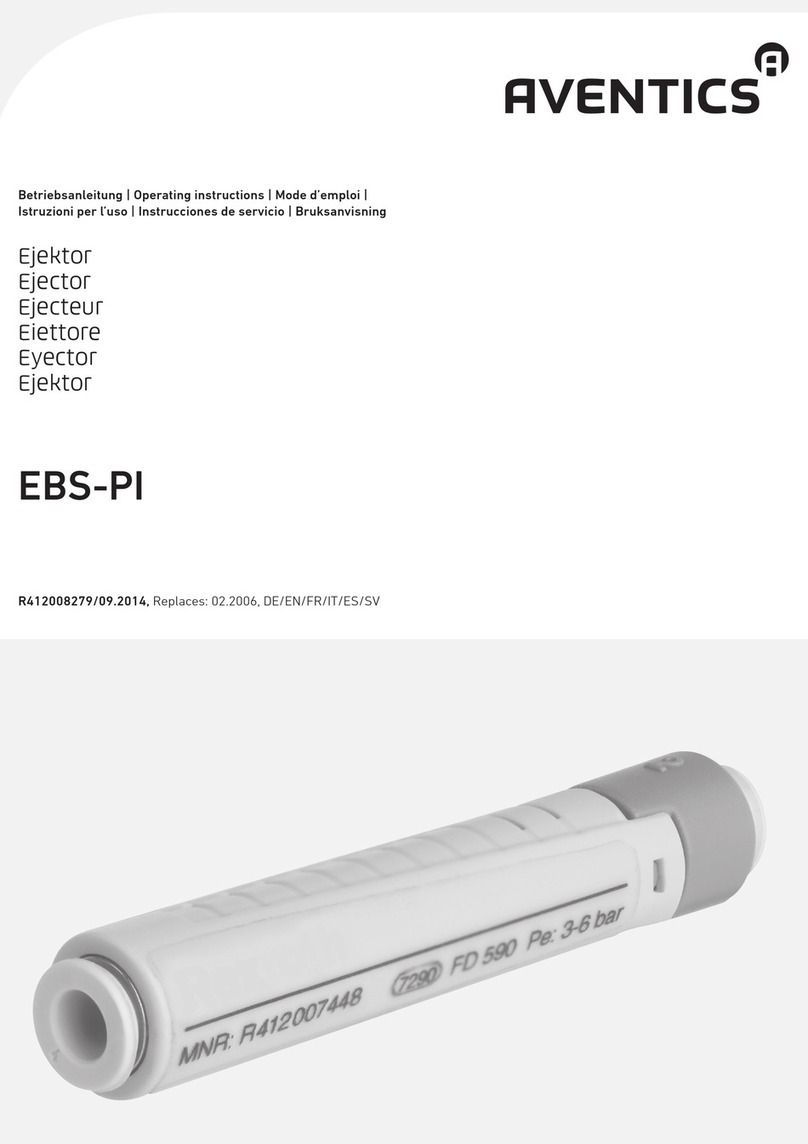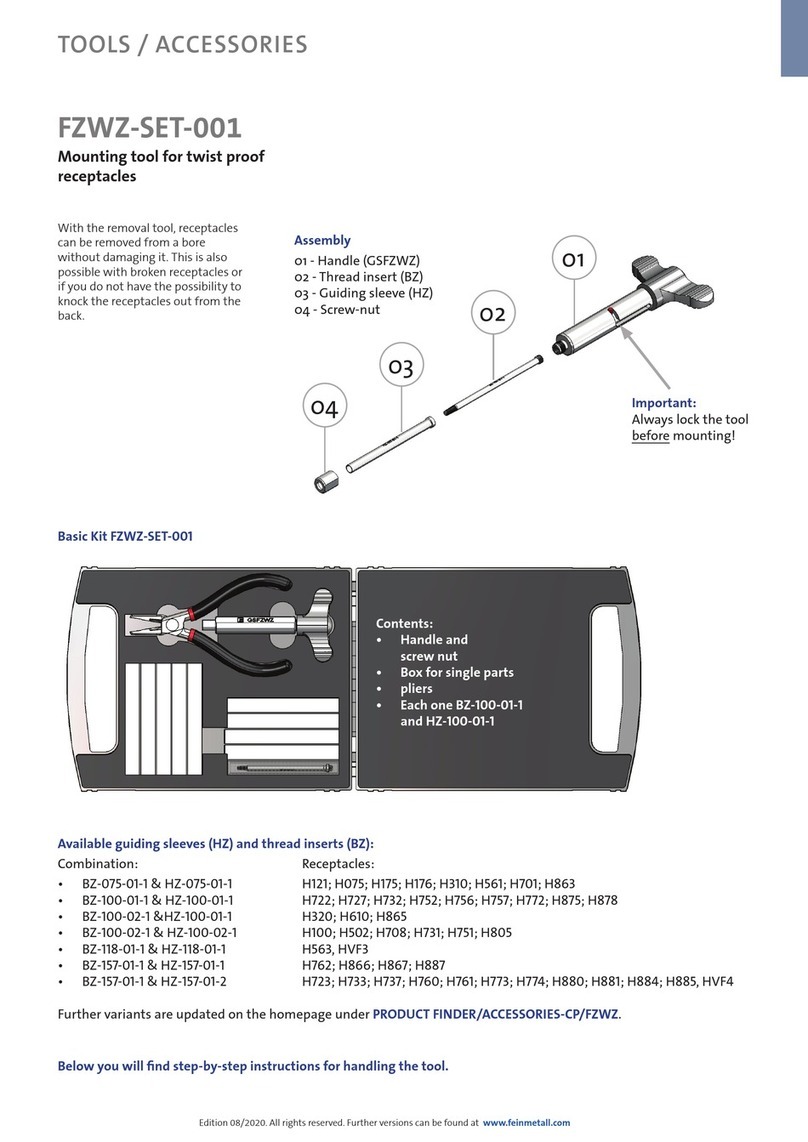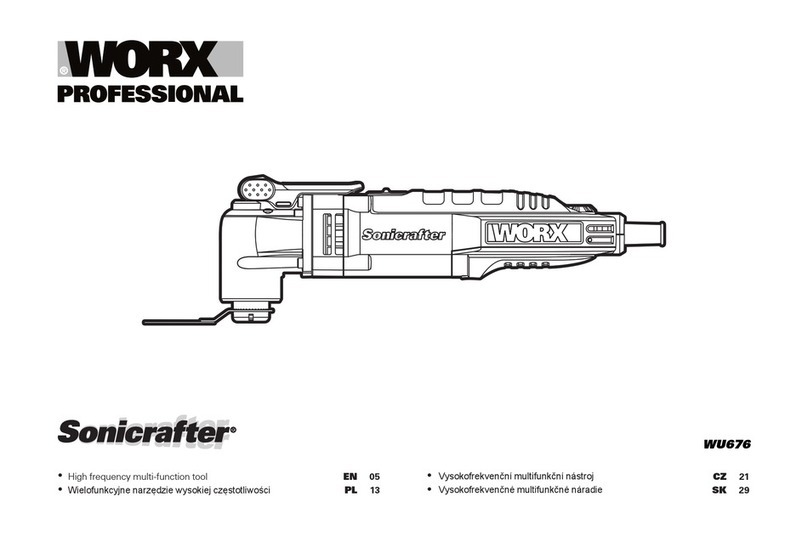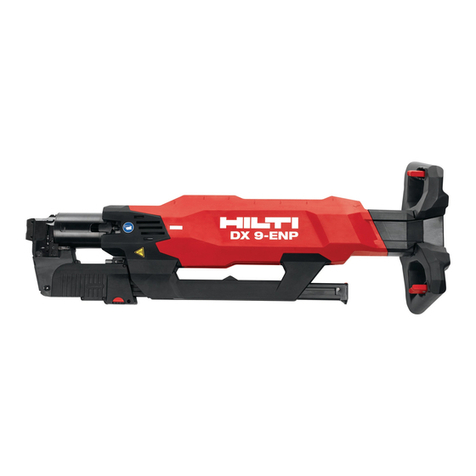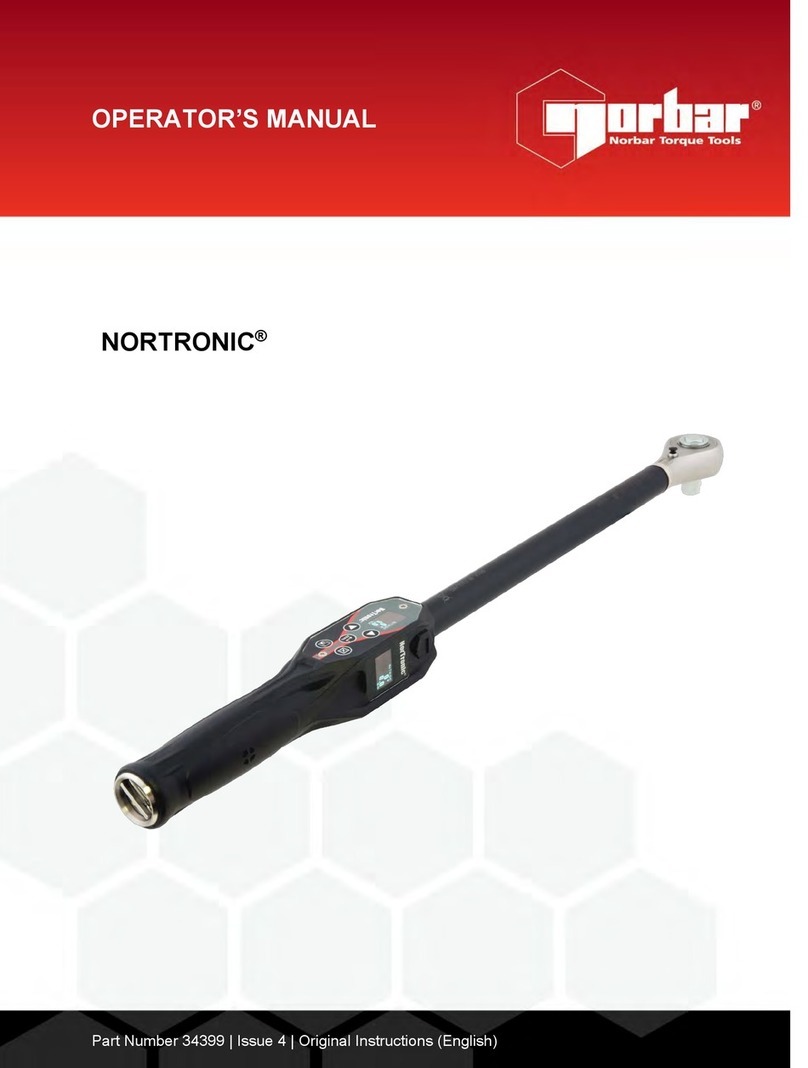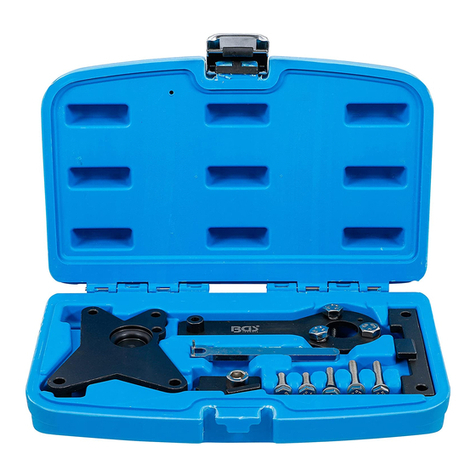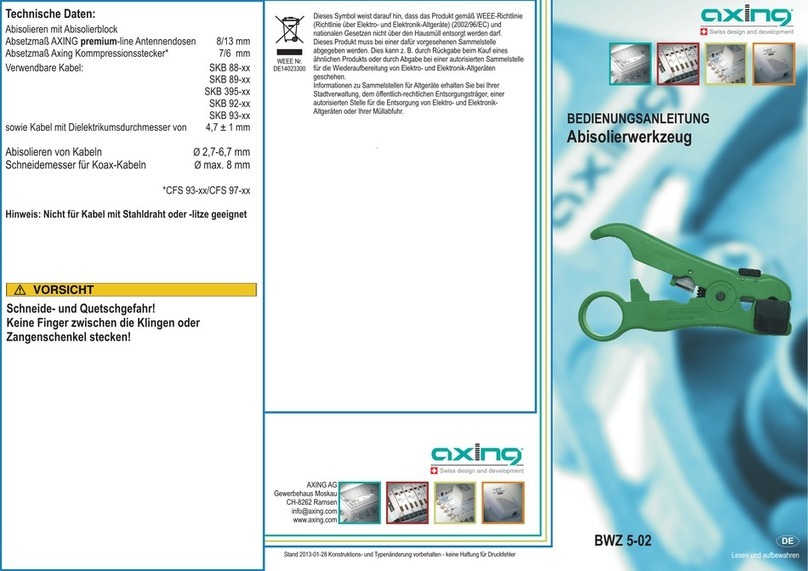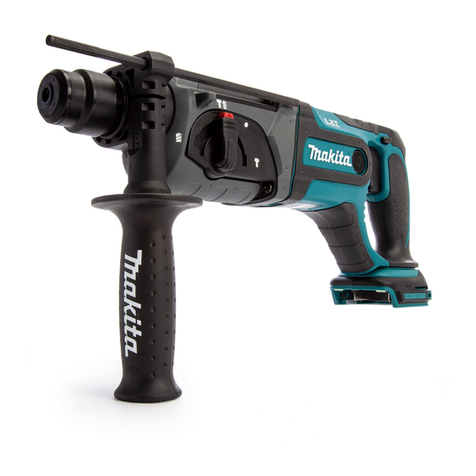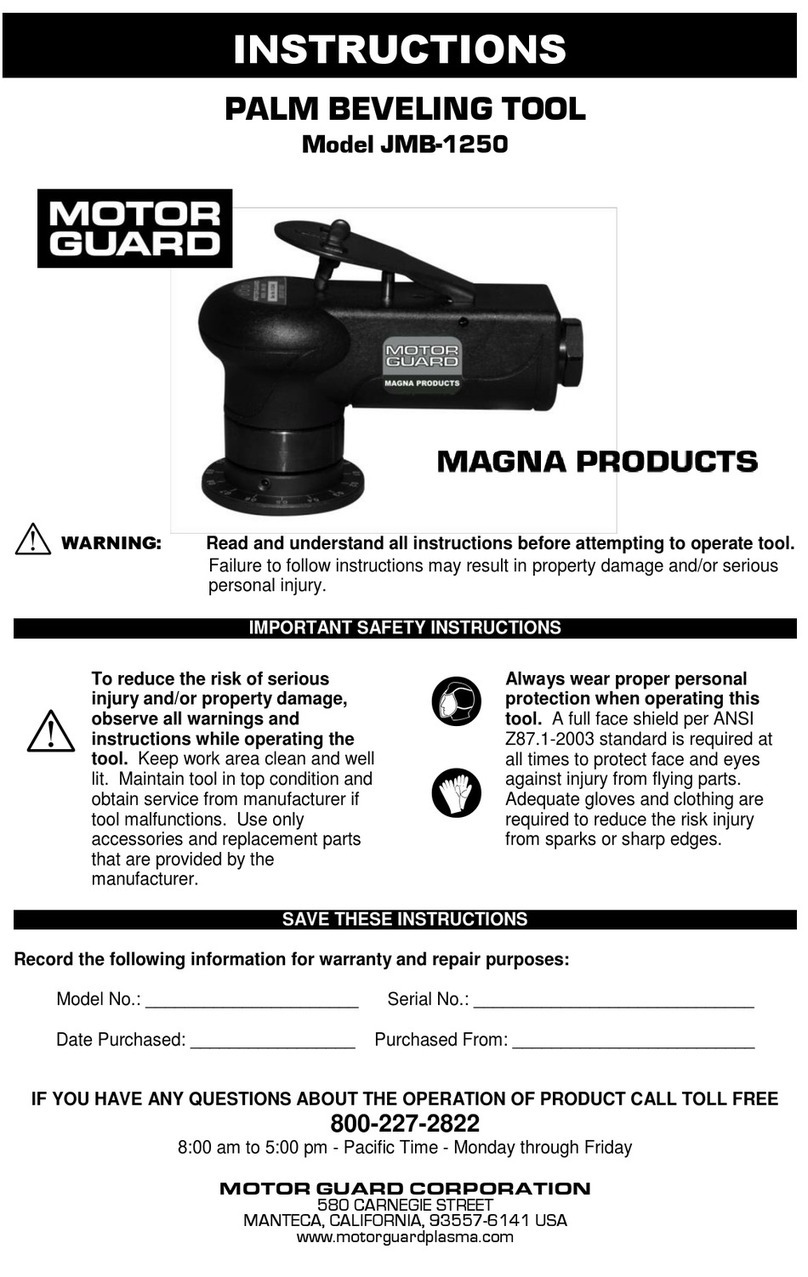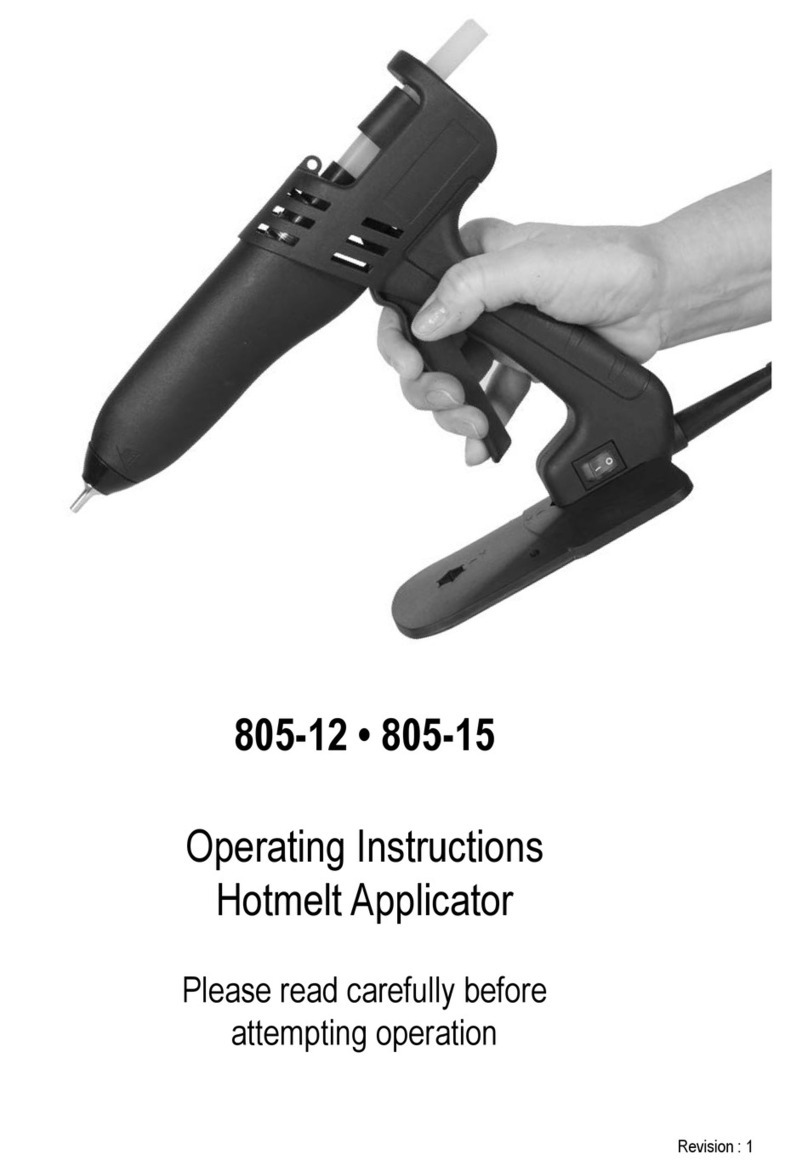
-6- H7583 Tenoning Jig
Safety Instructions for the Tenoning Jig
7. ADJUSTING JIG. Unplug the table saw
before installing or adjusting the jig, saw, or
workpiece.
8. TENON MATERIAL SELECTION. Select
clean tenon locations that are low in mois-
ture content, and use workpieces that are
free of knots, staples, nails, and imbedded
stones. Run warped stock through a jointer
before you use the tenoning jig.
9. WORK AREA CLEANLINESS. Keep the
jig and table surface free of wood bits and
tools.
10. ACCESSORIES. Make sure other acces-
sories used on the table saw allow the
tenoning jig to operate freely with unbinding
travel.
11. BLADE GUARD. Reinstall the blade guard
and any other safety features on the table
saw when the tenoning jig is removed and
not used anymore.
12. EXPERIENCING DIFFICULTIES. If at any
time you are experiencing difficulties per-
forming the intended operation, stop using
the machine! Contact Tech Support at
(570) 546-9663.
1. OPERATION MANUAL. READ and
UNDERSTAND the operation manual for
the table saw before using this jig!
2. KICKBACK. Be familiar with kickback.
Kickback happens when the workpiece is
thrown towards the operator at a high rate
of speed. Until you have a clear under-
standing of kickback and how it occurs, DO
NOT operate the table saw!
3. REACHING OVER SAW BLADE. Never
reach behind or over the blade with either
hand while the saw is running. If kick-
back occurs while reaching over the blade,
hands or arms could be pulled into the
spinning saw blade.
4. OPERATOR POSITION. Never stand or
have any part of your body directly in-line
with the cutting path of the saw blade.
Avoid awkward operations and hand posi-
tions where a sudden slip could cause your
hand to move into the spinning saw blade.
5. SECURING WORKPIECE. ALWAYS
securely clamp the workpiece in the tenon-
ing jig, and MAKE SURE all fasteners are
tight before you make a cut.
6. JIG CONTROL. Hold both tenoning jig
handles firmly when cutting, NEVER hold
the jig with only one hand.
No list of safety guidelines can be complete.
Every shop environment is different. Always
consider safety first, as it applies to your
individual working conditions. Use this and
other machinery with caution and respect.
Failure to do so could result in serious per-
sonal injury, damage to equipment, or poor
work results.
Like all machines there is danger associ-
ated with the Model H7583. Accidents are
frequently caused by lack of familiarity or
failure to pay attention. Use this machine
with respect and caution to lessen the pos-
sibility of operator injury. If normal safety
precautions are overlooked or ignored, seri-
ous personal injury may occur.
